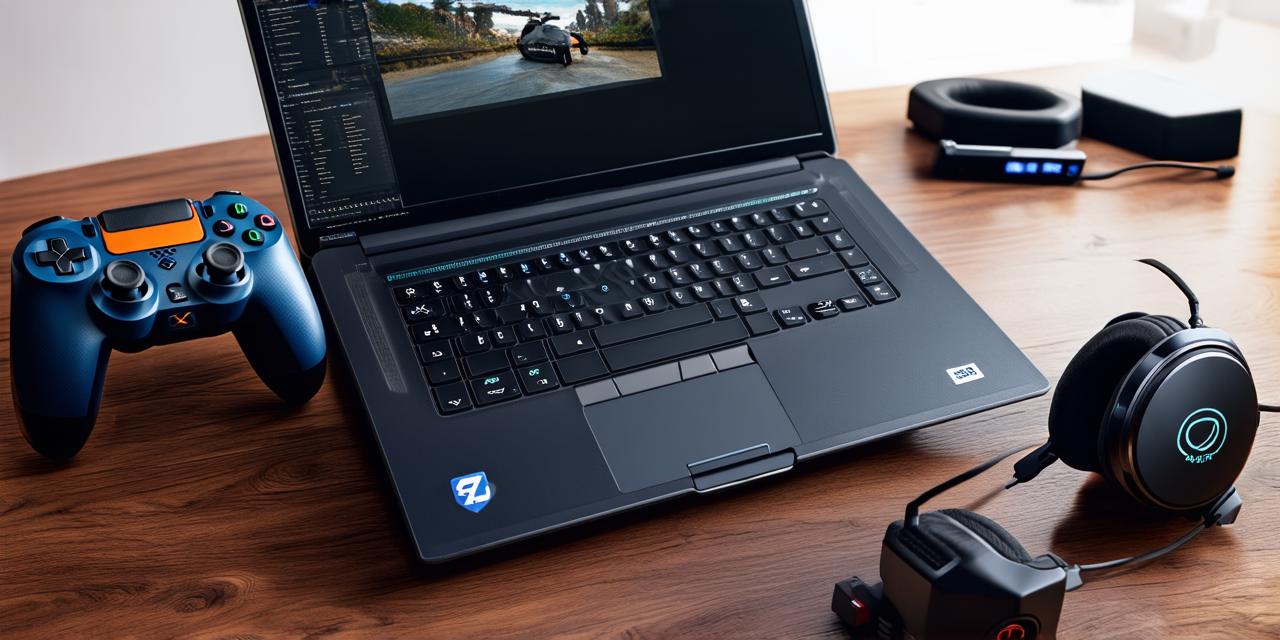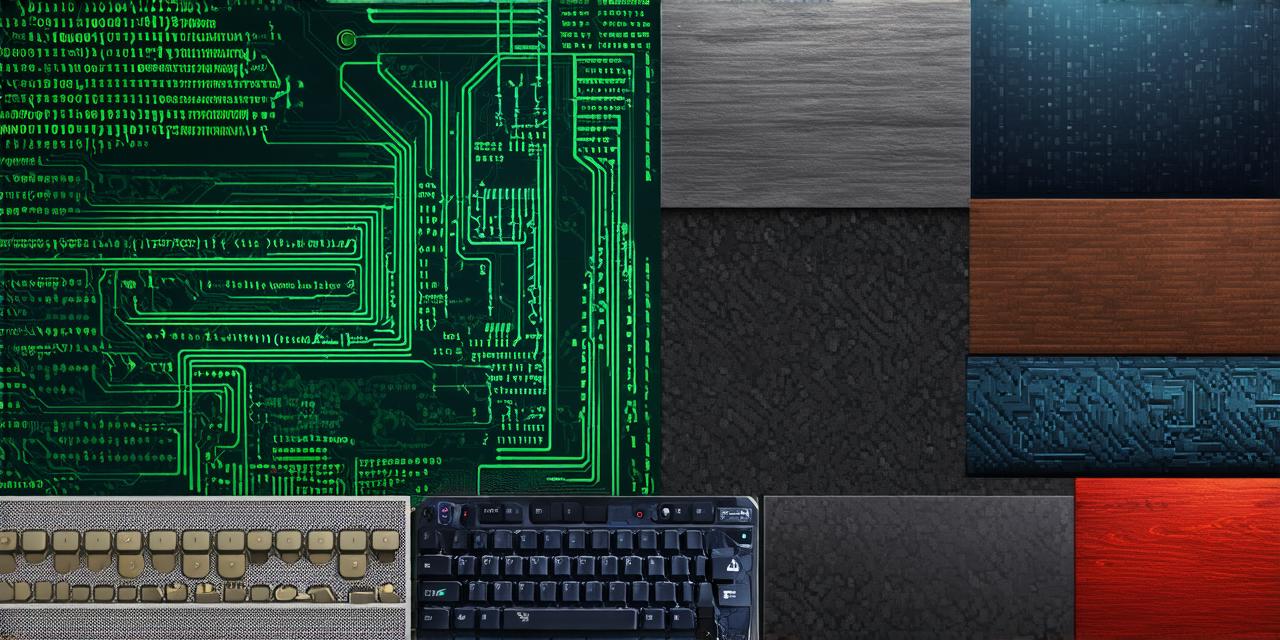Introduction
The world of video games is constantly evolving, with new technologies emerging all the time. As game developers, it can be challenging to keep up with the latest tools and technology available in the industry. This guide will explore the most commonly used tools and technology in game development, as well as some lesser-known options that could revolutionize the way you create your games.
Game Engines
The first step in creating a video game is selecting a game engine. A game engine is a software platform that provides developers with a set of pre-built tools and functionalities to create games quickly and efficiently. Some of the most popular game engines include Unity, Unreal Engine, and CryEngine. These engines provide a range of features such as graphics rendering, animation, physics simulation, and networking capabilities.
Unity is one of the most popular game engines, with a user-friendly interface that allows developers to create games for multiple platforms with ease. It has a vast community of developers who provide support and assets for free, making it an excellent choice for beginners.
On the other hand, Unreal Engine is known for its advanced graphics capabilities, including real-time ray tracing and global illumination. It also supports virtual reality (VR) and augmented reality (AR) development, making it a popular choice for developers working in these areas.
CryEngine is known for its fast performance and high-quality graphics, which makes it ideal for creating first-person shooters and other action-packed games. It also has an extensive library of assets and plugins that can help speed up development time.
Game Development Tools
Once you have selected a game engine, the next step is to select the right tools to help you create your game. Some of the most commonly used tools include:
- Texture Packing Software: This software helps optimize textures for use in games, reducing file sizes and improving loading times. Examples of texture packing software include TinyPNG and Kraken.io.
- 3D Modeling Software: This software allows developers to create 3D models for their games, including characters, objects, and environments. Popular 3D modeling software includes Blender, Maya, and 3DS Max.
- Sound Editing Software: This software allows developers to create and edit sound effects and music for their games. Examples of sound editing software include Audacity and Adobe Audition.
- Debugging Tools: These tools help identify and fix errors in the game code, improving performance and reducing crashes. Examples of debugging tools include Visual Studio and Xcode.

- Version Control Software: This software allows developers to track changes to their code and collaborate with other team members more effectively. Popular version control software includes Git and SVN.
Game Development Technologies
In addition to game engines and tools, there are several technologies that are commonly used in game development. Some of the most popular include:
- Virtual Reality (VR): This technology allows developers to create immersive gaming experiences that transport players into a virtual world. Popular VR platforms include Oculus Rift and HTC Vive.
- Augmented Reality (AR): This technology allows developers to overlay digital content onto the real world, creating interactive experiences that blend the physical and digital worlds. Popular AR platforms include Apple’s ARKit and Google’s ARCore.
- Artificial Intelligence (AI): This technology allows games to become more intelligent and adaptive, making them more challenging and engaging for players. Examples of AI technologies include machine learning and deep learning.
- Cloud Gaming: This technology allows developers to deliver games over the internet, allowing players to access high-quality gaming experiences without needing expensive hardware. Popular cloud




